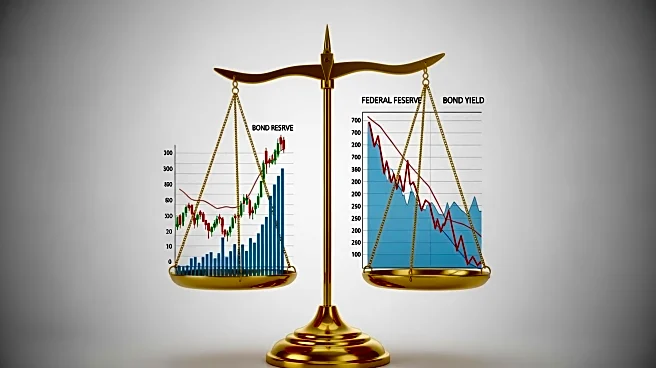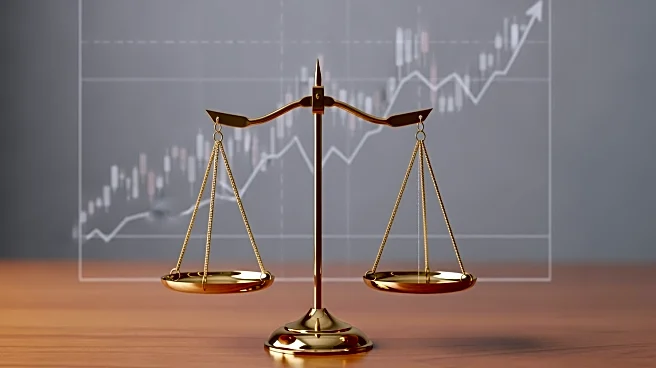What's Happening?
The United States is approaching the midterm elections, and the process of redistricting is underway, which could significantly impact the balance of power in the House of Representatives. CBS News' Anthony
Salvanto is closely monitoring this development, as redistricting involves redrawing district boundaries based on the latest census data. This process can alter the political landscape by changing which party has a better chance of winning certain districts. The redistricting efforts are crucial as they can influence the composition of the House and, consequently, legislative priorities and decisions.
Why It's Important?
Redistricting holds substantial importance as it can affect political representation and policy-making in the U.S. House of Representatives. The way district lines are drawn can favor one party over another, potentially leading to shifts in legislative power. This can impact the passage of laws and the direction of national policy on issues such as healthcare, education, and infrastructure. Stakeholders, including political parties and advocacy groups, are keenly interested in the outcomes of redistricting, as it can determine their influence in the upcoming elections and beyond.
What's Next?
As the redistricting process continues, various states will finalize their new district maps, which could lead to legal challenges and political debates. Political parties are likely to strategize based on the new maps to maximize their electoral advantages. The outcomes of these efforts will be closely watched as they could set the stage for the midterm elections, influencing which party controls the House and the legislative agenda for the coming years.
Beyond the Headlines
Redistricting can also raise ethical and legal questions, particularly concerning gerrymandering, where district lines are drawn to favor one party disproportionately. This practice can undermine democratic principles by diluting the voting power of certain groups. The long-term implications of redistricting include potential shifts in political engagement and voter turnout, as communities react to changes in their representation.












